Hydration and Muscle Health: Why Staying Hydrated is Important for Everyone
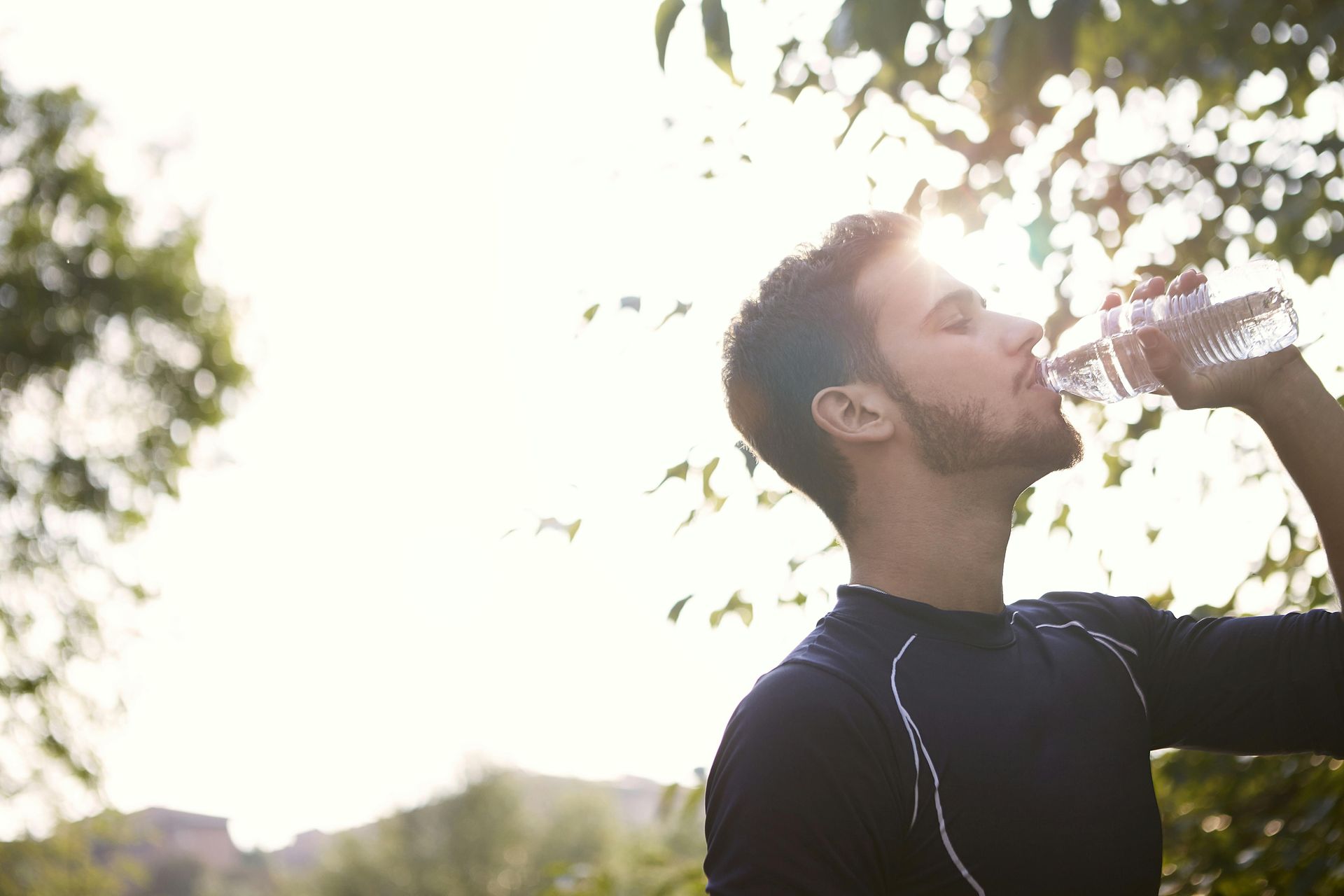
In this article, we’ll explain how staying hydrated affects your muscles, why it’s important for everyone, and share some simple tips and strategies, especially for those who are active or play sports.
How Hydration Affects Your Muscles and Recovery
How Water Helps Muscles Work
Your muscles are mostly made of water, about 75%! This means staying hydrated is key to keeping your muscles working well.
Here’s how it helps:
- Keeps Muscles Moving: Water helps keep important minerals like sodium and potassium balanced. These minerals are what allow your muscles to contract and relax properly. If you don’t have enough water in your system, these minerals get out of balance, which can lead to cramps or weakness.
- Provides Energy: Water helps your body produce energy. When you exercise or move, your muscles need energy to work. Being hydrated ensures that your body can make and use energy efficiently.
- Boosts Endurance: Water helps keep your blood flowing smoothly, delivering oxygen and nutrients to your muscles. If you're dehydrated, your muscles don’t get what they need as quickly, and you’ll tire out faster.
Hydration Helps with Muscle Recovery
After you exercise or work your muscles, they need to recover. Staying hydrated helps your muscles recover in several ways:
- Supports Tissue Repair: After a workout, your muscles need water to deliver nutrients like protein that help repair the tiny tears caused by exercise. Drinking enough water helps these nutrients reach your muscles faster.
- Reduces Swelling: Hydration helps control the body’s inflammation process. By staying hydrated, you can reduce the swelling and soreness that sometimes comes after intense physical activity.
Preventing Muscle Cramps
One of the most common signs of dehydration is muscle cramps. When your body doesn’t have enough water or key minerals, your muscles can tighten up and cramp, especially during or after exercise.
Why Everyone Should Stay Hydrated
Even if you’re not an athlete, staying hydrated has benefits that everyone can appreciate:
- Keeps You Cool: Water helps regulate your body temperature by allowing you to sweat and cool down, especially during hot weather or physical activity.
- Improves Focus: When you’re dehydrated, you can feel tired, unfocused, or moody. Drinking enough water helps you stay sharp and think clearly.
- Lubricates Joints: Water acts as a lubricant for your joints, making sure they move smoothly. This helps prevent joint pain or stiffness.
- Aids Digestion: Drinking enough water helps keep your digestion running smoothly and can prevent issues like constipation.
- Maintains Energy: Dehydration can make you feel drained and sluggish. Staying hydrated gives your body the fuel it needs to keep going.
Hydration for Athletes and Active People
If you’re an athlete or just enjoy regular exercise, staying hydrated is even more important. Here are some simple hydration strategies to keep your muscles in top shape:
Drink Before You Exercise
It’s important to start exercising fully hydrated, so your body is ready to perform.
- Tip: Drink about 500-600 ml of water 2-3 hours before your workout. You can also have another small drink (200-300 ml) about 20 minutes before you start.
Drink During Exercise
When you’re sweating, you lose water and electrolytes, which can affect your performance. Staying hydrated during exercise helps you avoid dehydration.
- Tip: Drink 150-350 ml of water every 15-20 minutes while you’re working out. If your exercise lasts longer than 60 minutes, consider drinking a sports drink that contains electrolytes like sodium and potassium.
Drink After You Exercise
After a workout, rehydrating is crucial for recovery. You need to replace the fluids you lost through sweat.
- Tip: After exercising, drink about 1.25-1.5L of water for every kg of body weight you lost during the workout. Weigh yourself before and after to get an idea of how much water you need to replenish.
Don’t Forget About Electrolytes
Electrolytes are essential minerals that help your muscles work. When you sweat a lot, you lose electrolytes, and drinking only water may not be enough to replace them.
- Tip: Include electrolyte-rich drinks or snacks during and after long workouts. Coconut water, bananas, and sports drinks are great options.
Watch for Signs of Dehydration
To know if you’re staying hydrated, pay attention to your body:
- Check Your Urine: If your urine is pale yellow, you’re probably hydrated. Dark yellow or amber-colored urine is a sign that you need more water.
- Monitor Your Weight: Weigh yourself before and after exercise. If you’ve lost weight, it’s likely due to water loss through sweat, and you need to replace those fluids.
Don’t Overdo It
While staying hydrated is essential, drinking too much water too quickly can be dangerous, especially if you’re not replacing electrolytes. This can cause a condition called hyponatremia, where your blood’s sodium levels drop too low.
- Tip: Balance water intake with electrolyte consumption, especially if you're doing long-duration or intense workouts.
Hydration Tips for Everyday Life
Even if you’re not an athlete, you still need to stay hydrated for good health. Here are a few easy ways to keep your hydration on track:
- Sip Throughout the Day: Instead of drinking large amounts at once, drink water regularly throughout the day to keep your body hydrated.
- Drink with Meals: Having water during meals not only helps with digestion but also ensures you’re staying hydrated.
- Stay Mindful in Hot Weather: If it’s hot or humid, you’ll sweat more and need more water to stay hydrated.
- Eat Water-Rich Foods: Foods like watermelon, cucumber, oranges, and lettuce have high water content and can help boost your hydration.
Conclusion
Staying hydrated is essential for keeping your muscles functioning properly, supporting recovery, and maintaining your overall health. Whether you’re an athlete or just someone going about daily life, making sure you get enough fluids will help you stay energised, prevent cramps, and avoid fatigue. Follow these simple hydration tips to ensure you’re always performing at your best, both physically and mentally.
Stay Hydrated and Stay Healthy!
Staying hydrated is key to keeping your muscles working well, whether you’re an athlete, enjoy regular exercise, or just living an active lifestyle. At Good Health Group Clinic,
Sam and
Dr. Tanja Nishibata, both experienced sports trainers, can provide you with personalised hydration strategies to improve your performance and recovery. If you have any questions about how to hydrate for sports or prevent injuries, they’re here to help!
References
- Judelson, D. A., et al. (2007). "Hydration and Muscular Performance: Does Fluid Balance Affect Strength, Power, and High-Intensity Endurance?" Sports Medicine.
- Cheuvront, S. N., & Kenefick, R. W. (2014). "Dehydration: Physiology, Assessment, and Performance Effects." Comprehensive Physiology.
- Sawka, M. N., et al. (2007). "American College of Sports Medicine Position Stand: Exercise and Fluid Replacement." Medicine & Science in Sports & Exercise.
- Shirreffs, S. M., & Sawka, M. N. (2011). "Fluid and Electrolyte Needs for Training, Competition, and Recovery." Journal of Sports Sciences.
- McDermott, B. P., et al. (2017). "National Athletic Trainers’ Association Position Statement: Fluid Replacement for the Physically Active." Journal of Athletic Training.
- Popkin, B. M., D’Anci, K. E., & Rosenberg, I. H. (2010). "Water, Hydration, and Health." Nutrition Reviews.
- Casa, D. J., et al. (2000). "National Athletic Trainers' Association Position Statement: Fluid Replacement for Athletes." Journal of Athletic Training.
- Armstrong, L. E., et al. (2007). "Influence of Dehydration on Perceived Exertion During Exercise: A Meta-analysis." Medicine & Science in Sports & Exercise.
- Sawka, M. N., & Noakes, T. D. (2007). "Does Dehydration Impair Exercise Performance?" Medicine & Science in Sports & Exercise.
Blogs
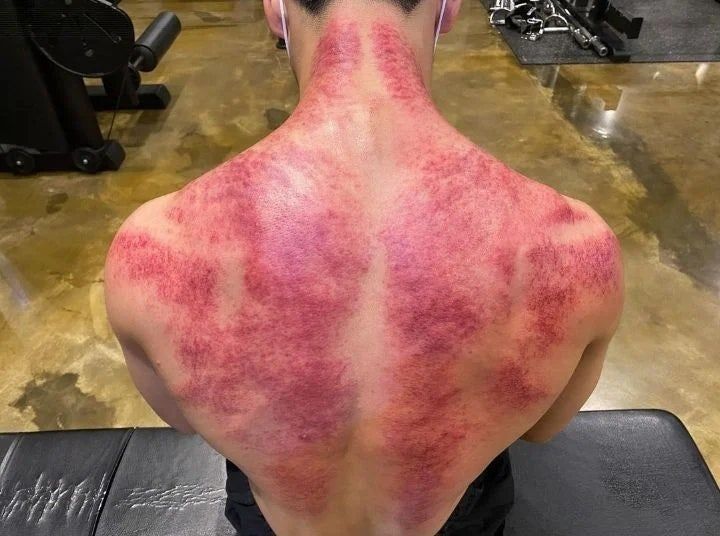
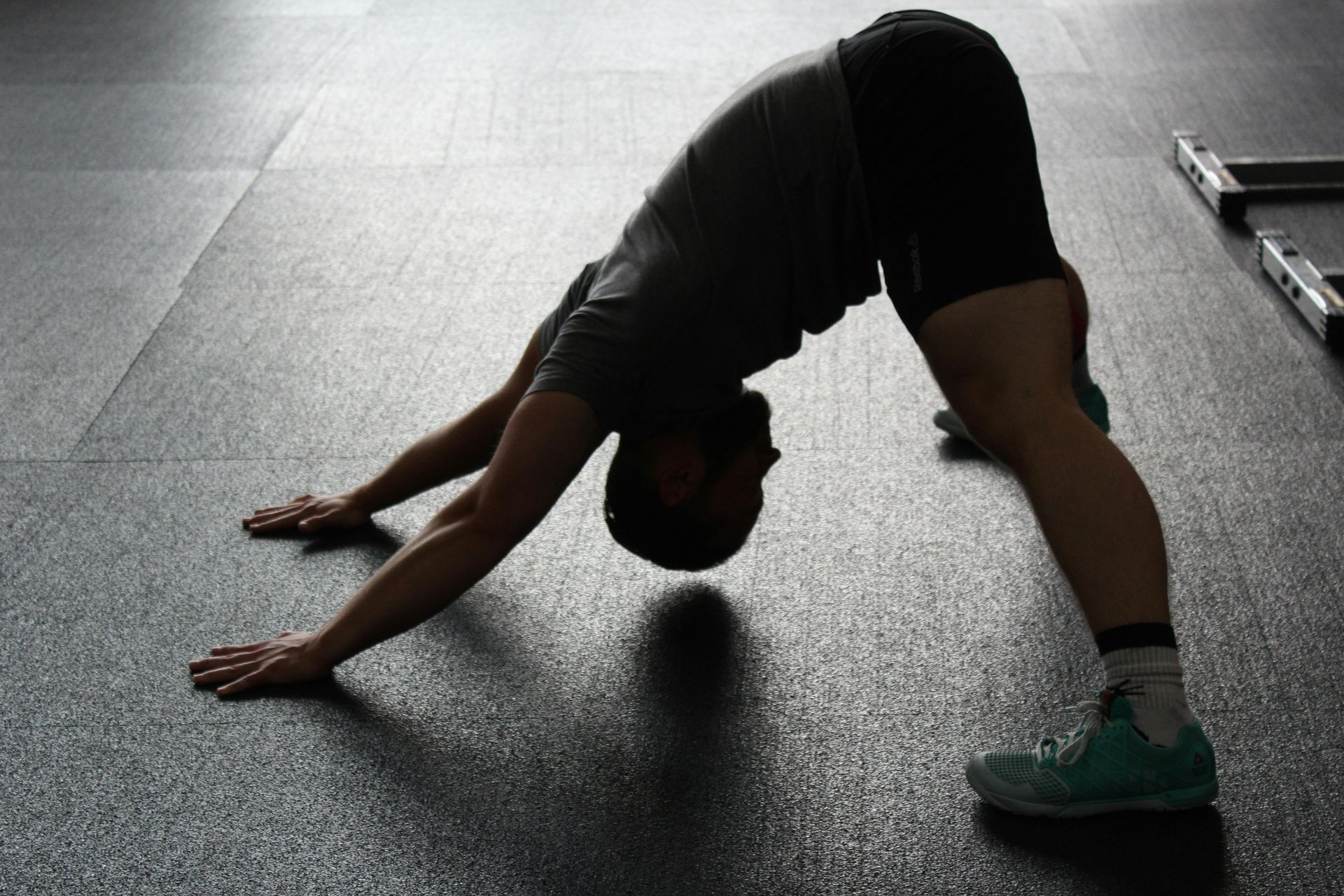
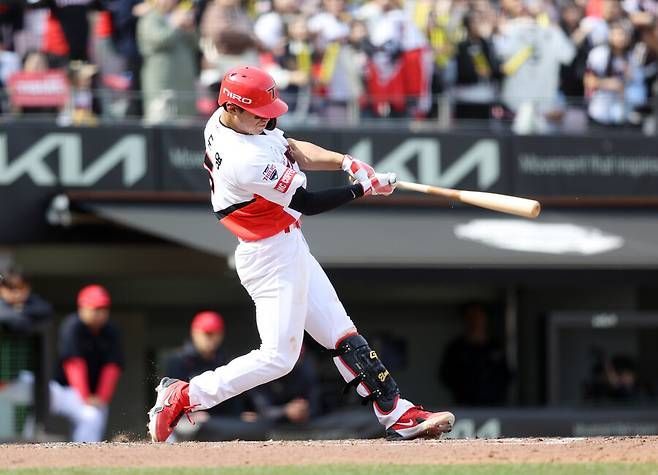
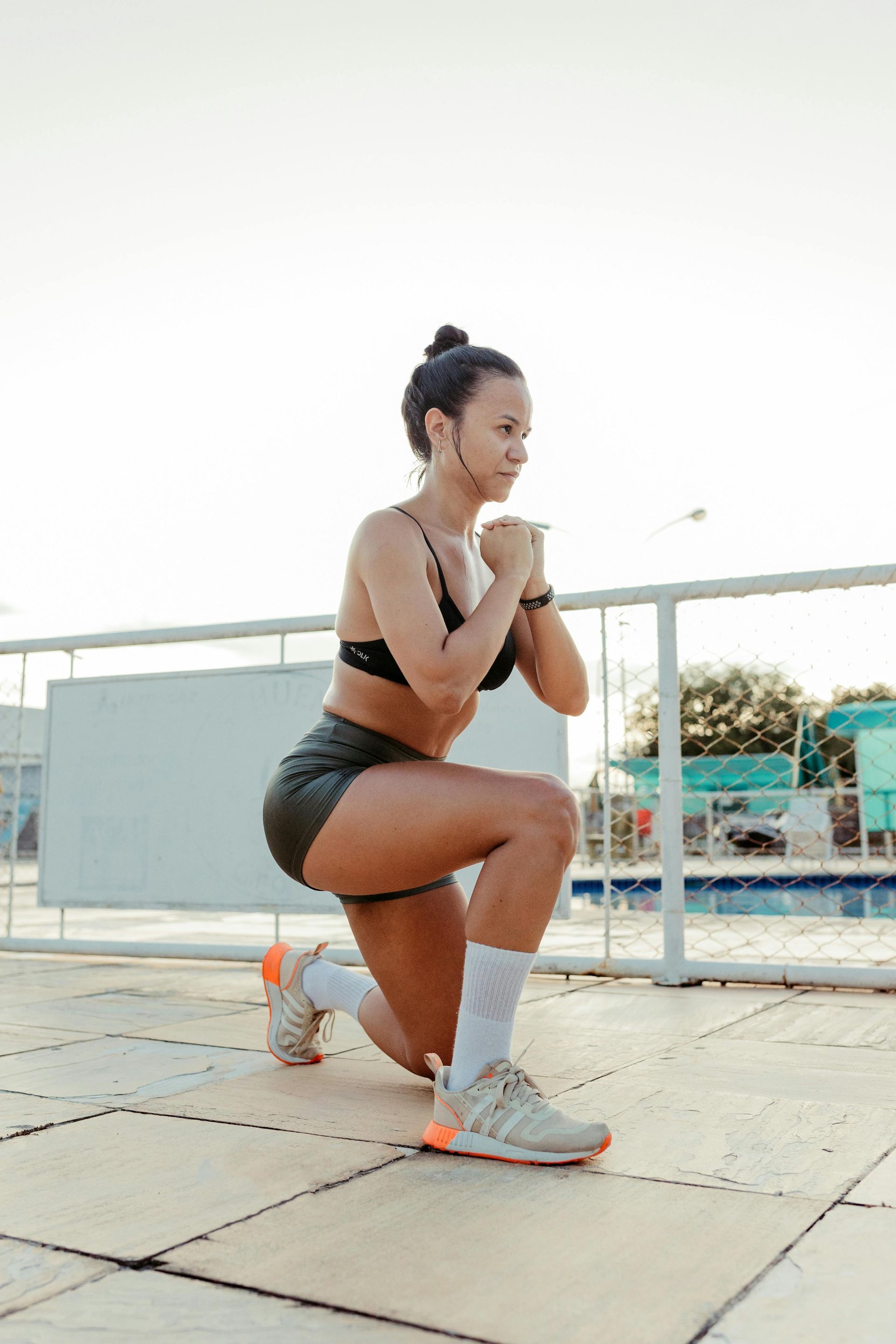

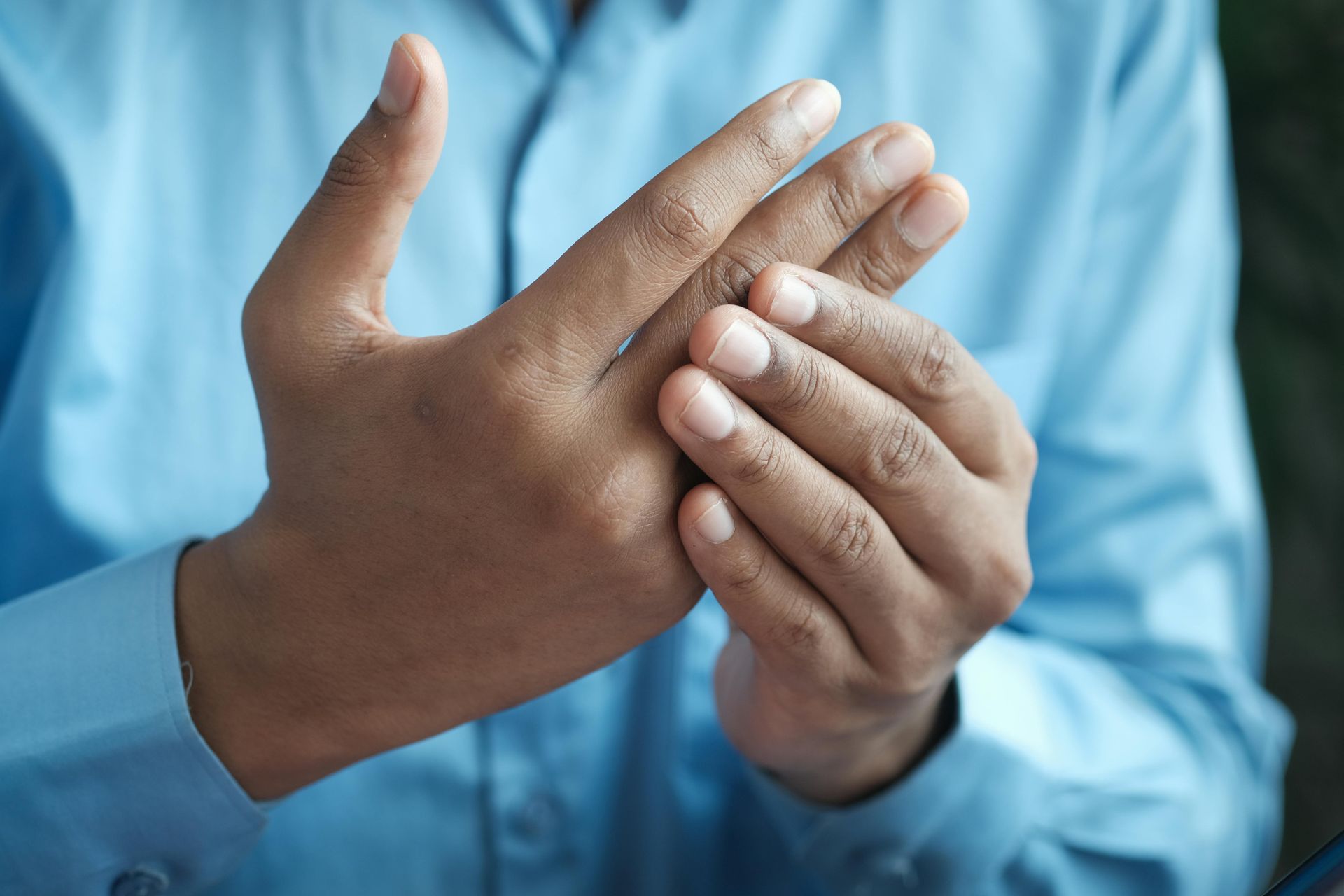

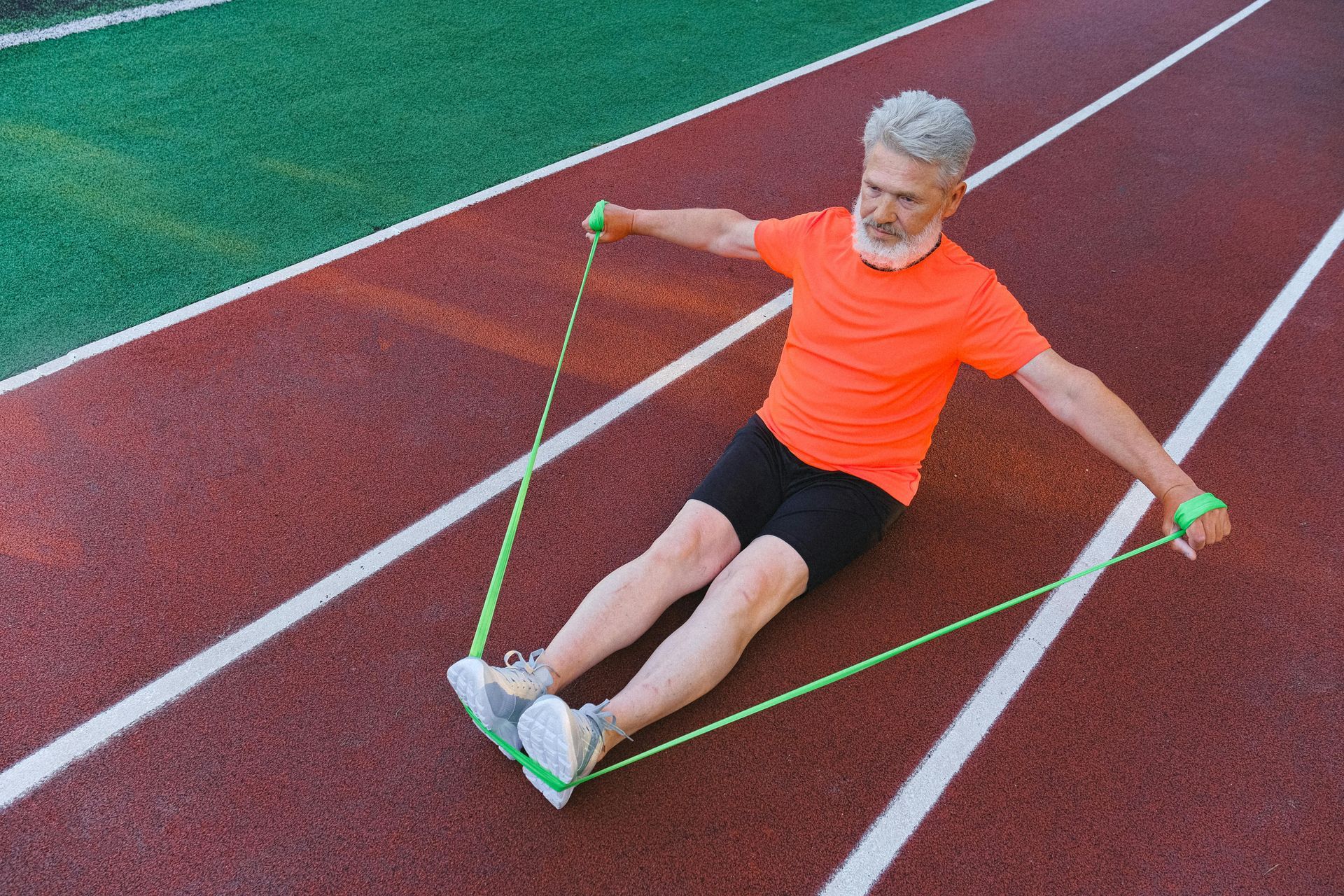
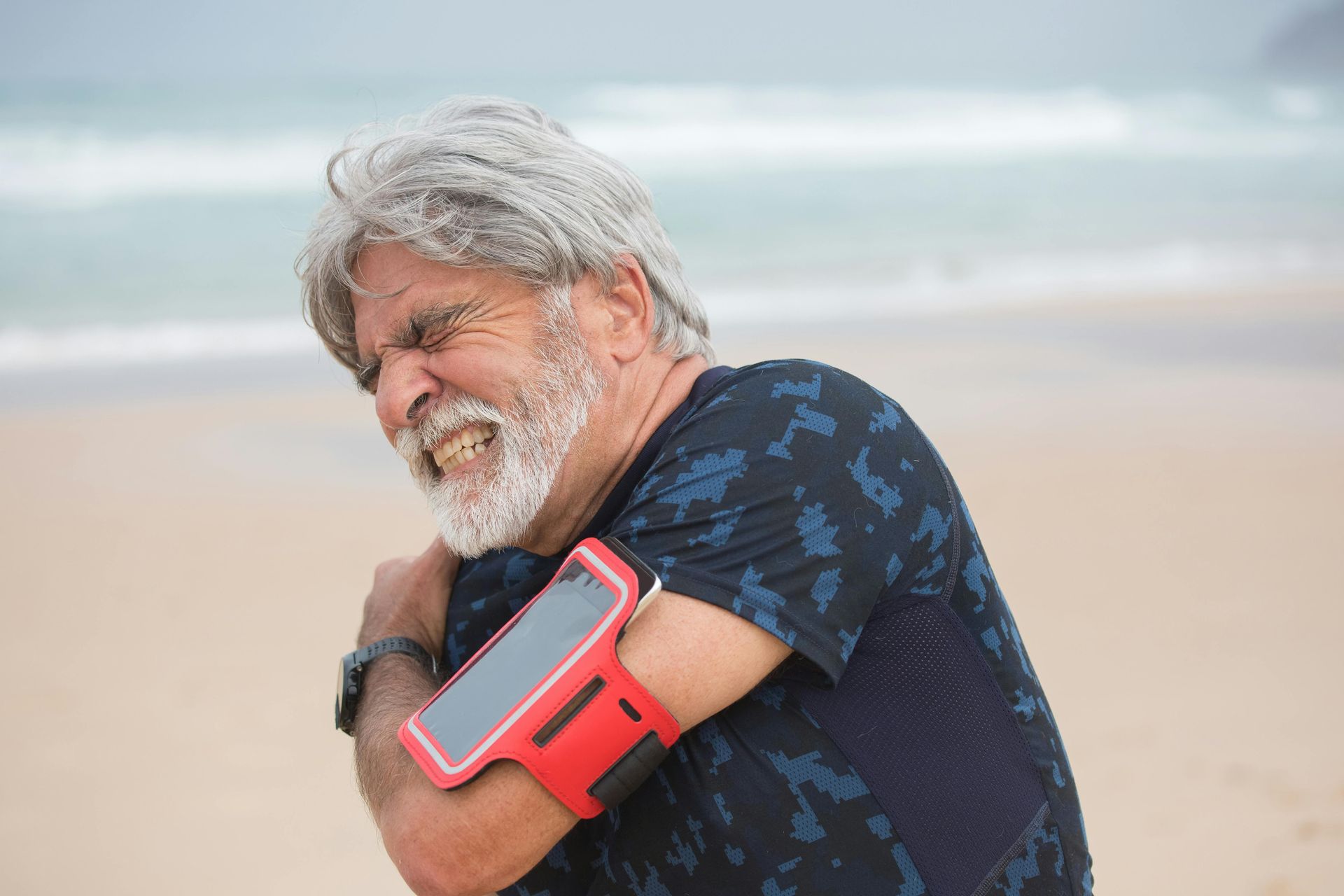
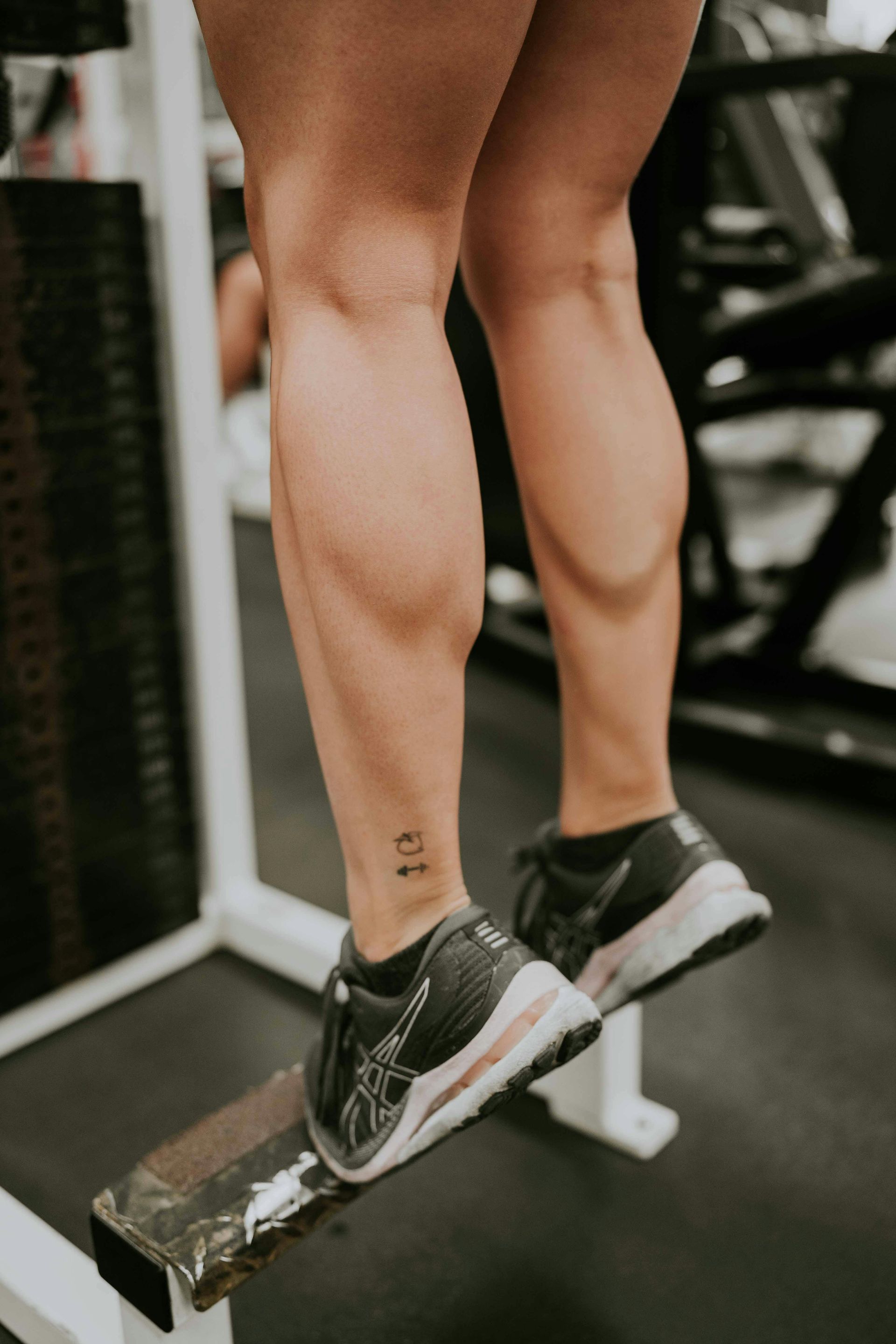
At Good Health Group Clinic, we empower your holistic well-being through personalized, integrative care. Join us on the journey to a healthier, more vibrant life. Contact us today to start transforming your health.
Contact Us
Call us at -03 9505 0595
Email us at - info@ghgc.com.au
333 Nepean Hwy Brighton East VIC 3187
(Mon-Fri 9am-8pm, Sat-Sun 10am-6pm)




